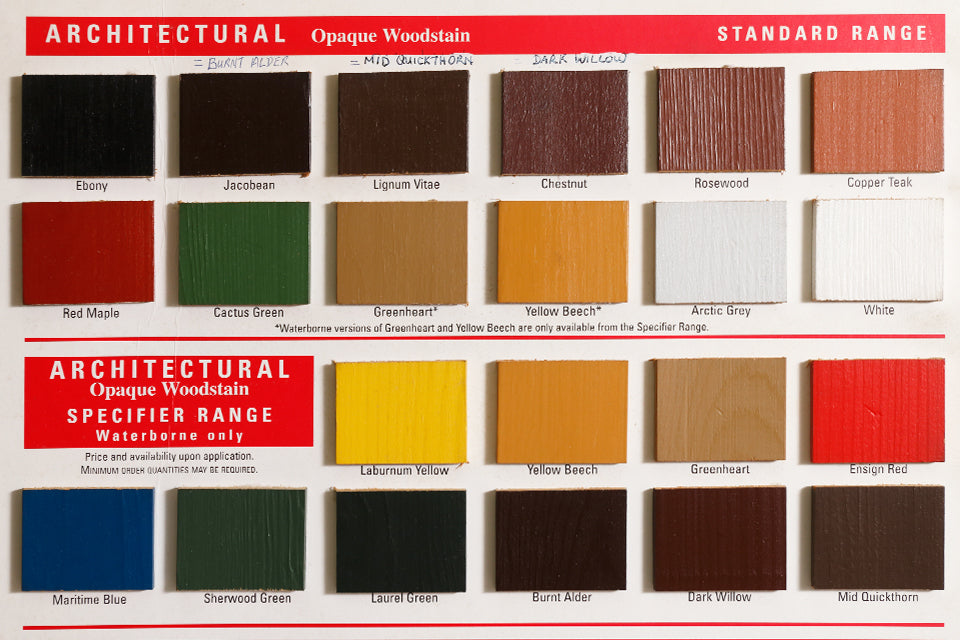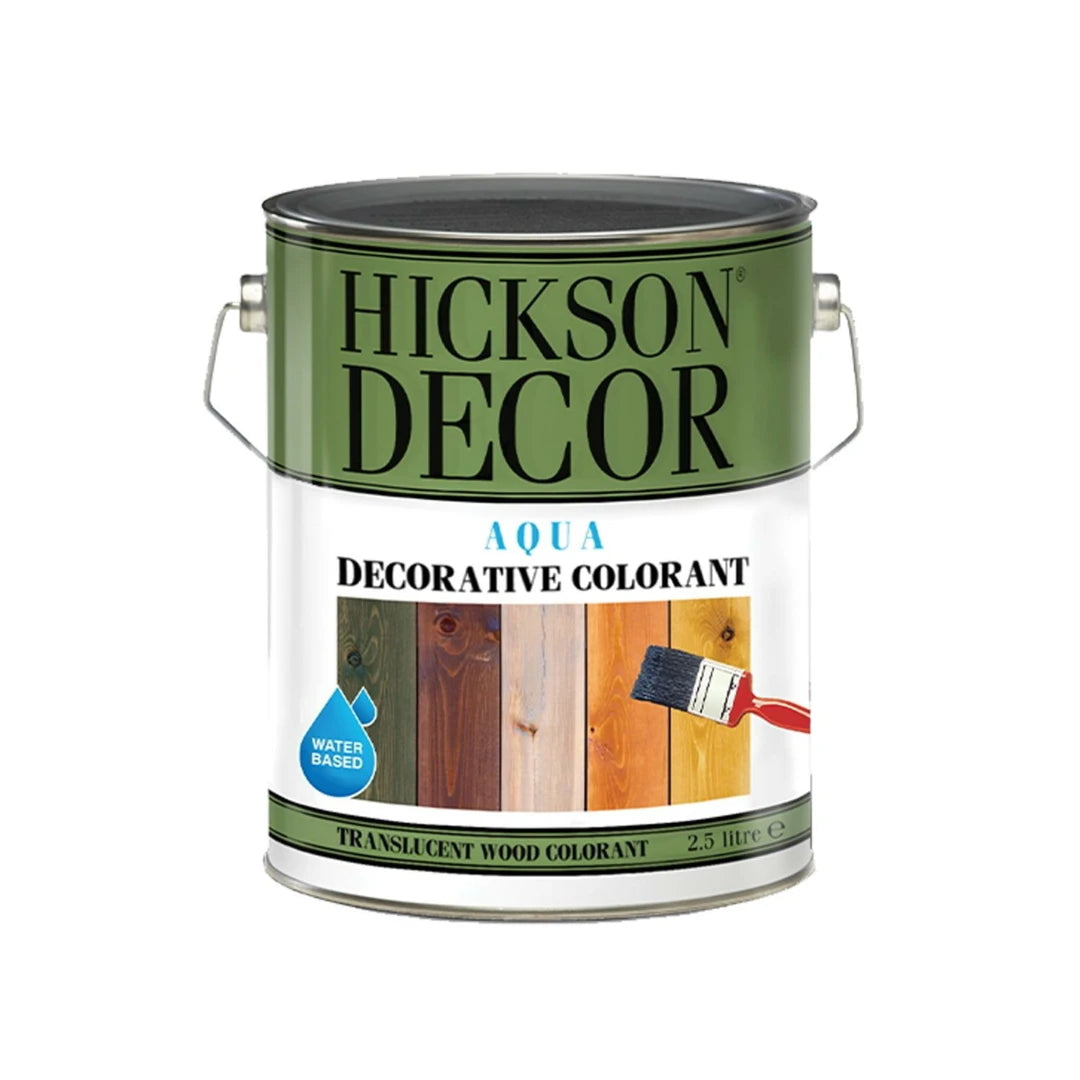
Why Wood?
Wood is an excellent building material. Here, let's briefly compare wood with concrete and steel, the superior products of modern technology:
Wood has a high bearing capacity
1 kilogram of wood carries more load than 1 kilogram of concrete or steel. With wood, 250-meter gaps can be crossed without columns. Steel cannot be used in this type of construction because it is heavy.
Wood is resistant to natural conditions and earthquakes.
Wood again receives the highest rating in terms of resistance to weather conditions and chemicals. According to British Standards, the service life of wooden poles used in electricity and telecommunication lines is 50 years, wooden infills used in water cooling towers are 30 years, and wooden highway bridges are 50 years. In these areas, the life of concrete and steel can reach half of the above figures. The problem of “carbonation” has dealt a major blow to “reinforced concrete”, which until recent years was believed to have an infinite service life.
Wood has high fire resistance
Contrary to popular belief, wood is superior to concrete and steel in terms of fire resistance. Today, in the USA, places where large crowds will be present, such as indoor sports halls, are constructed with wooden frames to prevent fire hazards, and in Germany, steel structures are covered with wood for the same reason. Studies on fires and compiled statistics clearly show that wood used as a load-bearing material is one of the safest materials. The cause of a fire is never wood, and due to its heat-proof and charring properties, it is possible to calculate with certainty how long a wood-frame structure can withstand large fires. Wooden structures can be designed to withstand a fire for 30-90 minutes. However, bare steel construction (due to the high coefficient of expansion of steel) can only withstand a normal fire for 10 minutes, and the structure collapses immediately without warning.
Wood is the only building material whose source is renewable
This feature, combined with the fact that it requires little energy for production and processing (one-fiftieth of the same amount of aluminum), its recyclability and its superior heat insulation properties, makes it the material that best responds to the environmental and energy problems of our age. Contrary to popular belief, using wood ensures the survival of forests. In fact, forest areas are constantly increasing in countries that use wood a lot.















